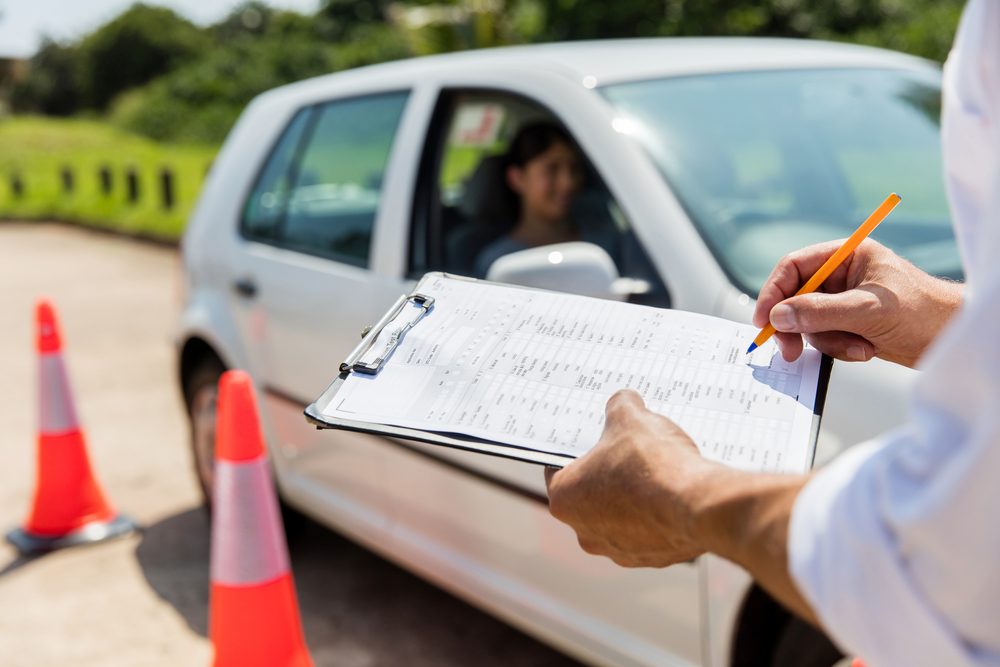
Testing times – would you still pass your driving test today?
For more than 80 years, the driving test has been a rite of passage for 17-year-olds on their road to freedom – and the right to brag about passing first time.
Over the years, the test has been adapted to the country’s changing roads and vehicles.
For all you ‘experienced’ drivers out there, did you know that reversing around corners and ‘three-point-turns’ are no longer part of the test, but driving with a sat-nav is? Also, the independent driving section of the test now lasts a torturous twenty minutes, not ten. How times change.
Compulsory driving tests began in June 1935 and mainly took place in car parks because there were no test centres. Back then, around 246,000 candidates applied with a pass rate of 63%.
In 2019-20, there were about 1.6 million practical driving tests taken in the United Kingdom at around 380 test centres. Of these, less than 50% were successful.
Would you be one of them? Would you know your braking distances in dry and wet weather or when ABS (anti-lock braking system) is most effective?
Or do questions like that leave you like a rabbit in the headlights?
The big divide – male v female drivers
The most controversial question and a source of many heated arguments: who are better drivers – men or women?
We’ll diplomatically sit on the fence and not give an answer! But this is what research, and the experts, reveal.
According to MoneySuperMarket, 49% of male drivers are confident that they would still pass their driving theory test, compared to just 38% of women.
However, when asked a selection of questions from the official Driver and Vehicle Standards Agency (DVSA) theory test, only 11% of all drivers answered every question correctly.
A simple question about ‘the colour of the reflective studs between a motorway and its slip road’ had the most people perplexed. 68% of drivers got the answer wrong. The answer is green of course!
But how do men and women perform when it comes to the real deal?
First timers
More than half of men (52%) pass their practical driving test on their first attempt, compared to 39% of women, a recent survey reveals.
When it comes to the classroom theory test, 64% of men succeed first time, against 54% of women.
Men took fewer driving lessons to pass first time, typically taking between 16 and 20 hours, whereas women needed 41 hours as L-plate drivers before passing, according to a survey of 1,500 British motorists.
However, men are more likely to be involved in car crashes, accounting for 74% of all UK road deaths and 70% of serious injury accidents.
This begs the question, what makes a better driver – short term exam skills or long-term safety? We’ll take the Fifth.
Top 10 trip-ups
Nerves aside, what catches most people out and makes them leave the test centre without their coveted driving licence?
1. Observation at junctions
2. Use of mirrors when changing direction
3. Steering control
4. Turning right at junctions
5. Moving off safely from stationary position
6. Response to traffic lights
7. Control when moving off (such as stalling)
8. Positioning of car on road
9. Response to signals (road markings)
10. Reverse parking
Re-take your test!
England’s 20 worst learner drivers have attempted the practical test more than 700 times between them – that’s a staggering £43,000 spent on tests for these drivers.
It’s been 25 years since the driving theory test was introduced, but would you be throwing away your L plates if you had to take your test again?
Check out your driving knowledge with these 5 questions from the current theory test. Good luck! Answers are at the end.
1. When should you not overtake?
A) After navigating a bend
B) On a road with a 30mph speed limit
C) When driving down a one-way street
D) When the road you are driving down has a dip in it
2. When travelling on a dry road at 50mph in decent weather, what is the standard average stopping distance?
A) 36 metres
B) 75 metres
C) 96 metres
D) 53 metres
3. While waiting to turn left, you see a larger vehicle approaching from your right. You could go ahead and turn, but instead, wait. Why is this?
A) The larger vehicle could be hiding others from the left
B) It could be hiding a vehicle that is overtaking it
C) It may decide to turn abruptly
D) The larger vehicle may have trouble steering straight
4. When is it acceptable to overtake another road user on their left?
A) Driving along one-way streets
B) Coming up to a motorway slip road at which you plan to exit
C) After a vehicle you are behind has signalled to make a left turn
D) If a slow vehicle is in the lane on the right when traversing a dual carriageway
5. When driving, you observe a pedestrian walking a dog. The dog has a burgundy or yellow coat. This tells you that the person is:
A) A senior citizen
B) Training the dog
C) Deaf
D) Colour blind
Answers: 1 – D, 2 – D, 3 – B, 4 – A, 5 – C
